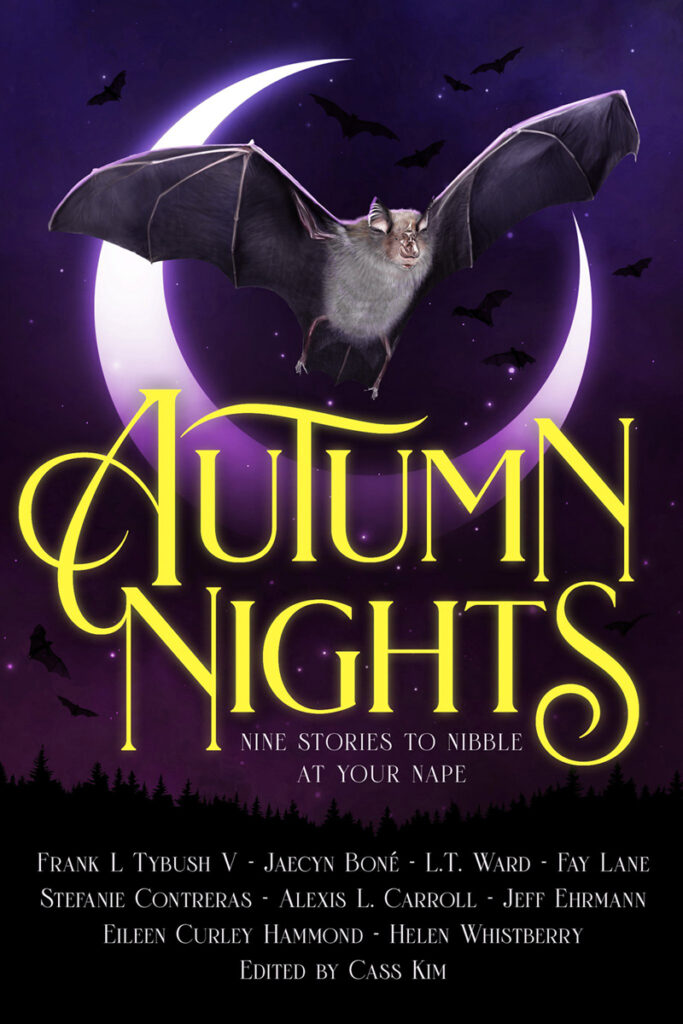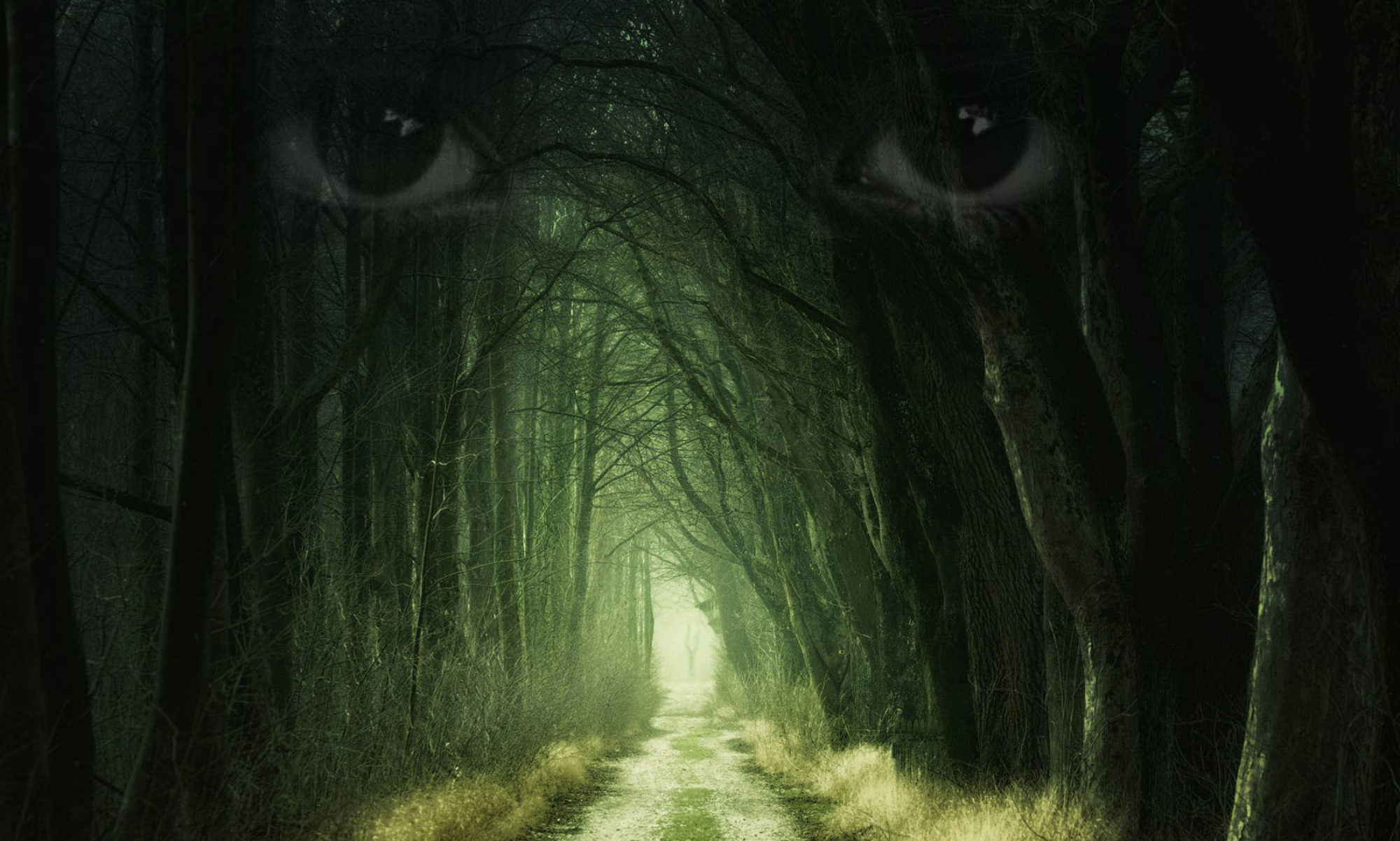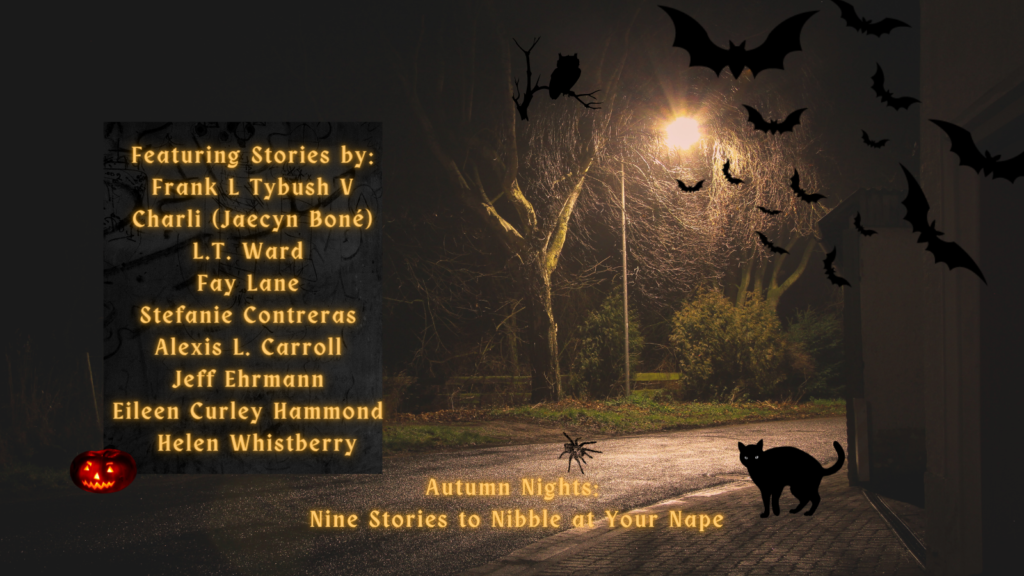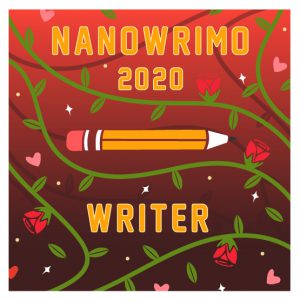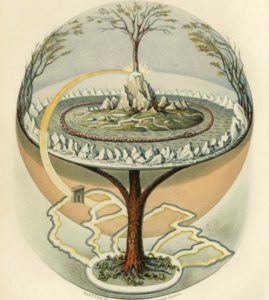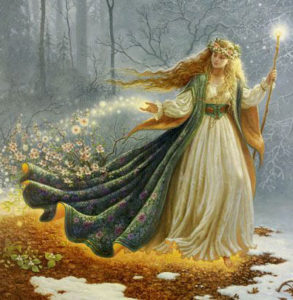Creativity breeds creativity. It’s a phrase I’ve always agreed with; however, I never thought finding inspiration would be much of a problem.
Recently, I wrote and submitted a short story to multiple publications that, if accepted, will be my first published piece of creative work. It’s a Historical Fantasy about a Viking trader who discovers giants exist in the heart of a new land. The idea for the short came from a simple concept: reading.
In August, I finished a massive project of migrating software and a large amount of data (my career is in Information Technology), the result of more than a year of planning, testing and coordination with third-parties. I was working sixty to seventy-hour weeks, with an eighty-hour week thrown in during the week of the migration. It didn’t leave a lot of time for writing.
I struggled to come up with an idea for a short story or new project. Anything to write something fresh. With my motivation sapped and the creative spark seemingly lost, I did what many writers do when the creative juices just aren’t flowing. We read more.
I’m always reading something, but I made an effort to read new authors and different genres. I read more short stories, or pieces of flash fiction in journals or on websites. I jumped into the first of the Game of Thrones novels, keeping myself grounded in the Fantasy niche. I read anything I could in the hopes of finding something to give me a little inspiration.
Then one day it happened.
While I can’t pinpoint any particular piece pulling me out of the slump, I knew I had something worth writing. The characters and setting were things I’m very familiar with and should have no trouble writing about: Vikings and Norse Mythology. So, why did it take me so long to conceive a story revolving around these topics? Simple. My mind was elsewhere.
Stress, whether caused by work, family, health, or personal matters can and will hamper creativity. It affects how you think or react to different situations. Your thoughts turn to finding solutions to the problem(s), which requires a different kind of thinking. We prioritize, and place our passions on the back-burner in fear of losing what we’ve worked so hard to achieve; things such as a career, raising a family, or continuing education. It’s enough to make someone ‘call it quits’, believing they’ll never have the time or energy to devote to the craft.
Through reading, we get to explore new worlds, get into the minds of compelling characters, or learn about alien civilizations. We get lost in these stories as an escape from reality and can open the mind to a myriad of possibilities. The worry and negative thoughts begin to subside, allowing our brains to spend more energy on creativity, fueling our passion. We ponder the ‘what ifs’, and every once in a while an answer comes in the form of a new story.
It could be something as simple as a well-written paragraph, or a specific scene that evokes an emotion within you. Perhaps an image so intriguing you wonder what sort of people or creatures live there. Whatever the case may be, the important thing to remember is to keep reading, or doing whatever it is you might do to find inspiration, such as an artist visiting a gallery, or a musician attending a concert. Even something as simple as a walk in the park can be an inspiration, reminding you of the inherent beauty in nature.
In my case, finding this little bit of inspiration led me to write a short story I’m proud of and excited to share (when I’m able). More importantly, writing the piece inspired another story, and yet another, giving me enough ideas to keep those creative juices flowing for a little while longer. Creativity breeds creativity, and it’s a beautiful thing.
Where do you go to find inspiration? Leave a comment below. I’d love to hear your thoughts.
